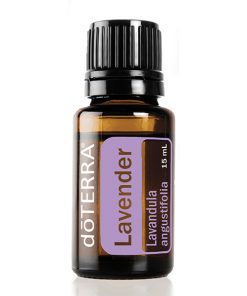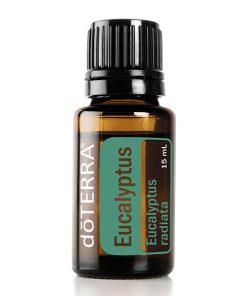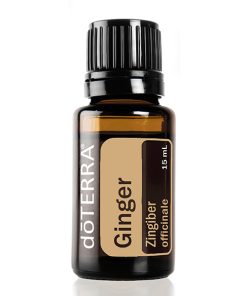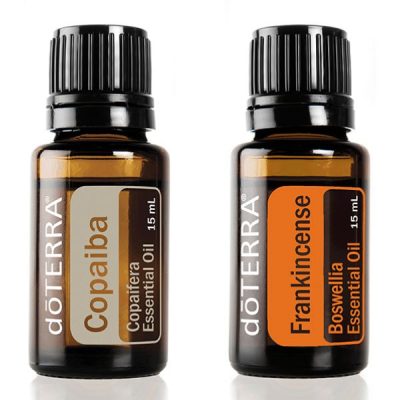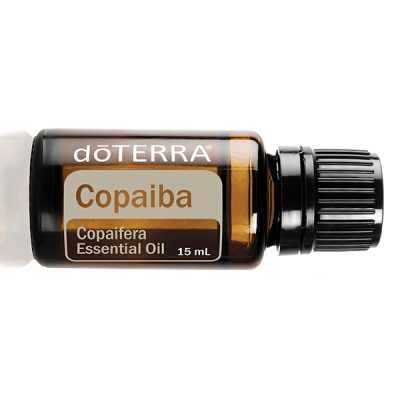These essential oils result from an old and time-tested technique and aim to work at improving your mental, emotional, and physical wellbeing. Every kind of essential oil has its own unique benefits and scent. You can use these oils in a blend or individually. Studies show that essential oils can be used to treat many conditions like:
- respiratory illnesses
- sleep disorders
- depression
- headaches
- inflammation
Essential oils can be used along with your current pain management system to reduce pain and inflammation. These are commonly used in aromatherapy for massages and like bath oils. Essential oils offer an easy-to-use and convenient method of use and can help you relax while relieving pain.
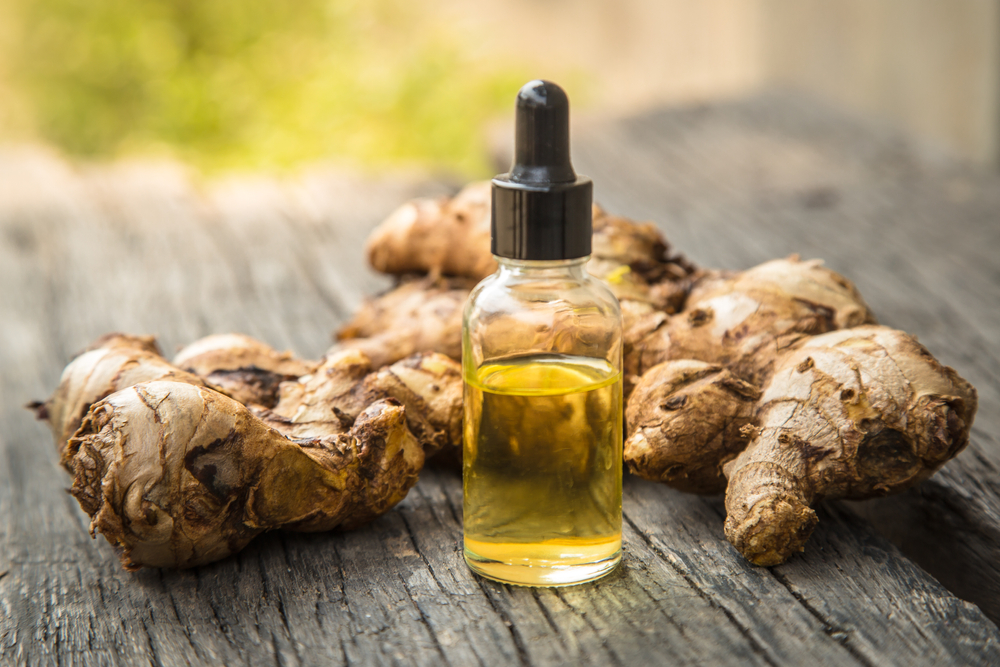
Why using essential oils can be effective for Pain and Inflammation
Inflammation, joint pain, and body aches are very common and affect everyone at one point in time. Whether you might suffer from them temporarily for example due to an impact injury, or you might have to face them regularly, you need to know how to manage them properly. It is reasonable to look for pain relief during times of discomfort. You can opt for the traditional treatment path, particularly if the inflammation or joint pain is due to a medical condition. However, when your general route isn’t as effective, you can opt for natural or alternative treatments like essential oils. However, for medical conditions that were already diagnosed, it is advised that you try using essential oils for complementary therapy. Even for less serious issues, you may rely completely on essential oils and alternative medicine to help you overcome joint pain and reduce inflammation. Not only are essential oils very adept at easing or alleviating inflammation and joint pain but they also offer you a myriad of other positive health benefits.
If you wish to ease your inflammation and pain and also regain comfort easily, essential oils can help. Some essential oils aim to relieve the stiffness and tension in your joints and enhance blood flow. Others can also reduce swelling significantly. All essential oils work well in helping you manage your pain. They are typically used for massages, in aromatherapy, or as bath oils and show very positive results.
Types of pain:
Acute Pain
Acute pain is a specific kind of pain that generally lasts between three and six months. It is related to soft tissue damage. Some common examples of acute pain can be a paper cut or a sprained ankle. Although acute pain lasts a short duration, it can also continuously resolve itself with the repair of the damaged tissue. It is different from chronic pain and is comparatively more severe and sharp. Essential oils can help in relieving acute pain as the compounds present in these oils are completely organic and are derived from plants. Oils that are obtained from medicinal plants can help in providing an antiseptic as well as a soothing effect to the injury. They can help you in avoiding any bacterial infection to open wounds such as paper cuts. For pain caused by injuries such as sprains, you can massage the area with the essential oil for relief.
Chronic Pain
Chronic pain usually stands for pain that lasts beyond a period of six months and the tissue is not getting healed. Some common examples of chronic pain can be fibromyalgia, failed back surgery syndrome, or continual pain even after your back surgery has healed. When it comes to chronic pain, it is perhaps one of the most common problems that we need to manage. It is much less understood than other kinds of pain and often patients get tired of prolonged medical treatments for pain management. In such cases, alternate treatments such as using essential oils to effectively manage chronic pain can be very beneficial. Essential oils can be used as bath oils, as aromatherapy, or even as massage oils and work well in helping you to relieve chronic pain. When used regularly, you can benefit from using essential oils for pain and inflammation management.
Neuropathic Pain
Neuropathic pain is a common pain situation that is generally chronic. It is generally caused by progressive nerve disease or chronic illnesses. It can also be caused due to an infection or injury. If you suffer from chronic neuropathic pain, it might come up at any time without a pain-inducing factor or event. Acute neuropathic pain is quite uncommon but can also occur at any time without a very obvious warning. In neuropathic pain, you will feel pain that is not specifically triggered by a particular injury or event. Instead, your body will just send signals of pain to your brain without a specific prompt. People that suffer from this particular painful condition can experience burning, shooting pain sometimes. This pain can be constant, or it can also occur at intervals. You may also feel numbness or lose your feelings of sensations. However alternate therapy such as using essential oils regularly in the painful area can help.
Nociceptive Pain
Generally, nociceptive pain or non-neuropathic pain is caused due to an illness or injury. For instance, if you suddenly drop a very heavy book on your foot or your hand, your central nervous system will send a signal of pain instantly just as the book hits. It is a pain that is based on the reaction of the body to stimuli. Harmful stimuli get detected by the nociceptors throughout the body and it reacts to the signal received. Nociceptors are basically a kind of receptor present in the body that exists to feel any or all types of pain that are expected to be caused when the body gets harmed. This harm can usually include physical or mechanical damage to different parts of the body. For instance, the damaged areas could be tissues, bones, muscles, or even the skin, muscles, bones, or other tissues. These can even detect thermal and chemical damage.
Radicular Pain
Radicular pain is a kind of pain that starts radiating from your hip and your back and basically into your legs via the spine. The pain progresses along with the roots of your spinal nerve. This pain in the leg can often be accompanied by muscle weakness, tingling, and numbness. Radicular pain generally occurs when your spinal nerve gets pinched, inflamed, or compressed suddenly.
If you see that your pain is starting to radiate down your leg and into the foot, it is called sciatica or radiculopathy. Sciatica can get steady and deep with time, and it can get worse during certain activities, such as walking or sitting. It is one of the most regular kinds of pain produced by the compression of a nerve inside the lower spine. Since radicular pain can also affect your legs, back, and hip, it can even make it hard to move, thus creating problems related to mobility.
Best essential oils for Pain and Inflammation
Bergamot
Bergamot looks a lot like lemon and is even citrus fruit. This fruit is a result of the cross-breeding between an orange tree and a lemon. This fruit is shaped like a pear and has a greenish-yellow colour. Hence Bergamot essential oil contains antispasmodic and anti-inflammatory properties. You can think of bergamot as a fruit that takes the best of both an orange and a lemon and presents you with excellent medicinal properties. The bergamot essential oil is used for pain management and relief owing to its analgesic, disinfection, sedative, digestive, anti-depressant, antispasmodic, antimicrobial, and antiseptic properties.
Lavender
One of the most popular essential oils, you can probably find lavender essential oils in many places and even many homes. Generally, you will be able to see lavender essential oil is used in environments that are trying to create a relaxing and calming effect. This is primarily because lavender can help you in reducing anxiety and stress. But this potent oil can do a lot of things, the most important functions are due to its anti-inflammatory properties. It is one of the best essential oils in reducing inflammation and relieving pain around joints.
Eucalyptus Essential Oil
The eucalyptus essential oil contains tremendous healing properties. It can offer a lot of muscle pain and joint pain relief very quickly and efficiently. It also contains cooling and refreshing effects and these complements the pain-relieving properties of the eucalyptus essential oil. Its antispasmodic and anti-inflammatory properties work extremely well in reducing stress when diluted and massaged over the affected area and administering pain relief. Eucalyptus essential oils are an excellent option for people who go through chronic discomfort due to joint pain and inflammation. You can even dilute and add a few drops to your bath and experience pain relief.
Ginger Essential Oil
Ginger essential oil primarily contains the compound zingibain, which contains anti-inflammatory properties. These primarily aim at reducing stiffness, pain, inflammation, and swelling, in joints and muscles. This makes ginger essential oil a very popular choice for people looking for pain relief. These properties enable ginger essential oil to help you in significantly reducing pain and improving mobility. Not only is ginger very effective in inflammation relief, but it is also one of the easiest oils to use. You just need to add a few drops to say 10-15ml of water to dilute it properly and massage it on the area.



